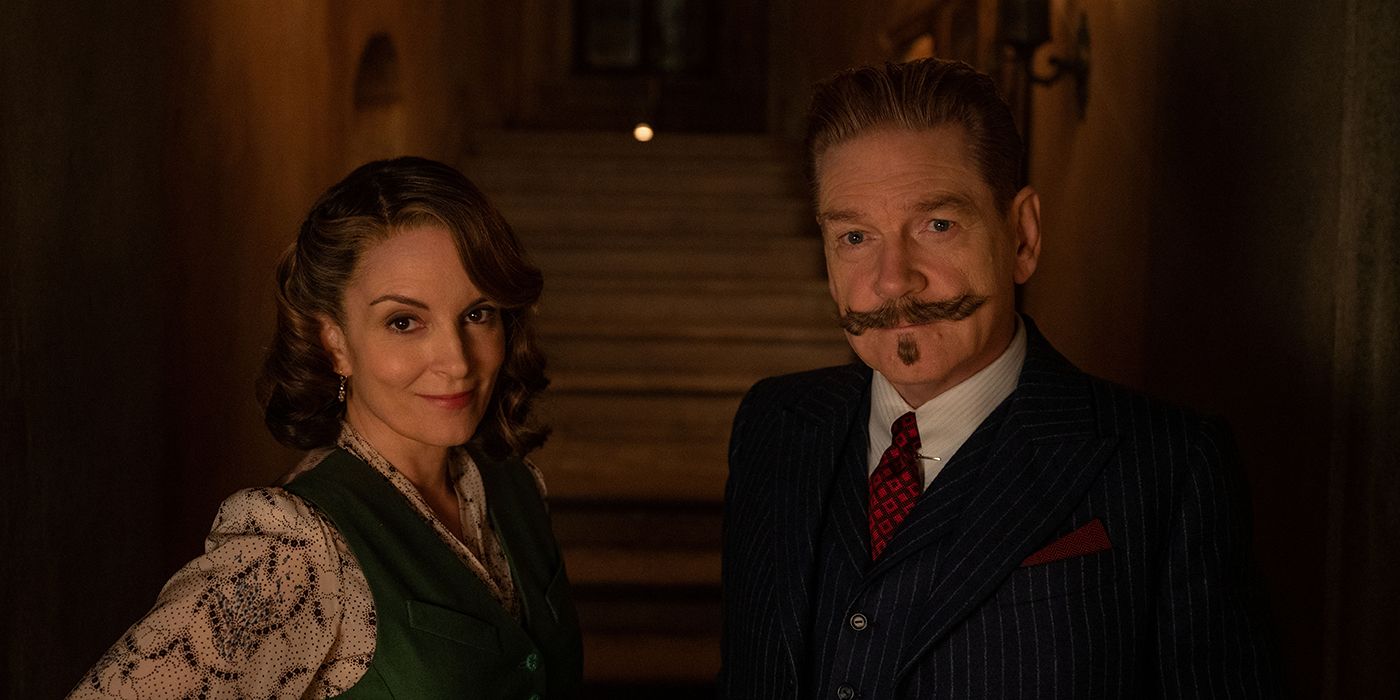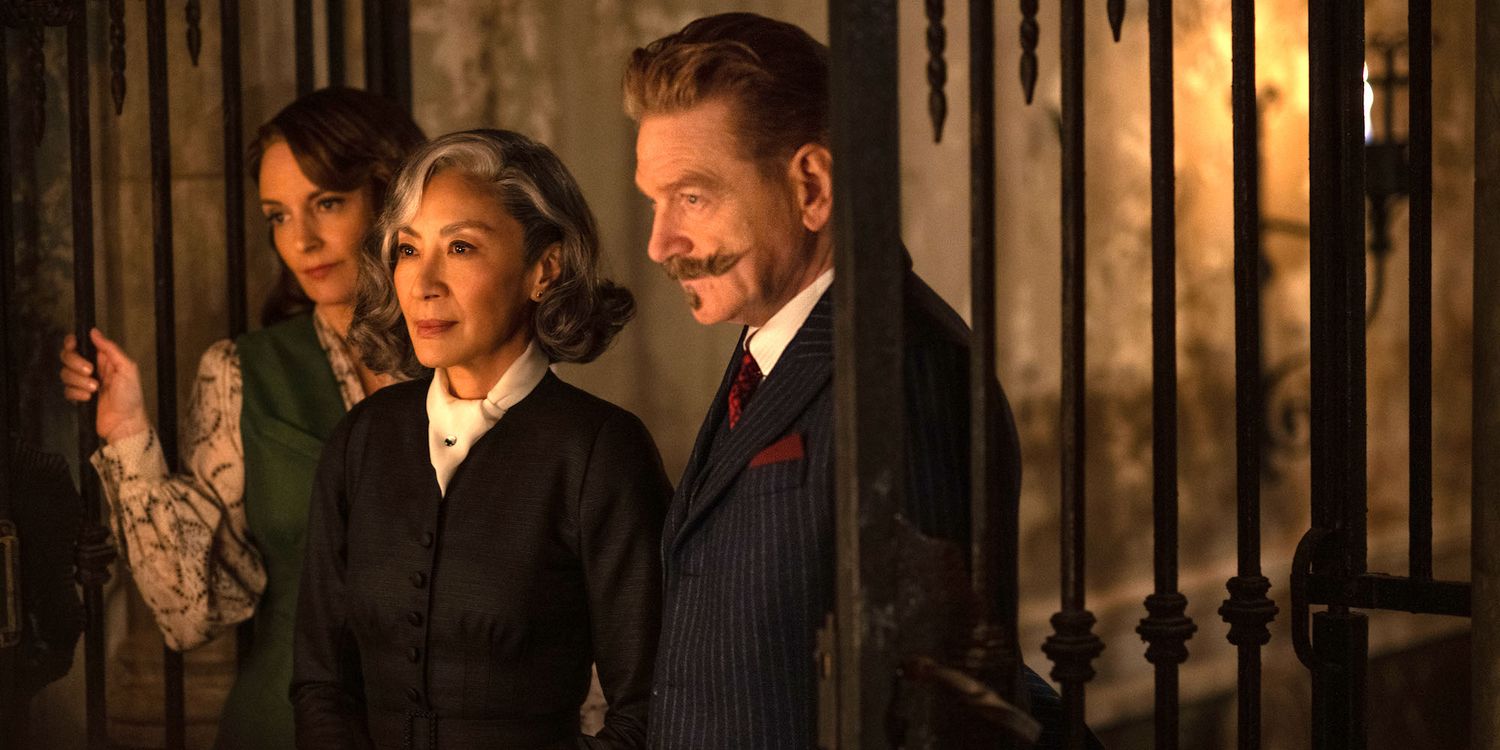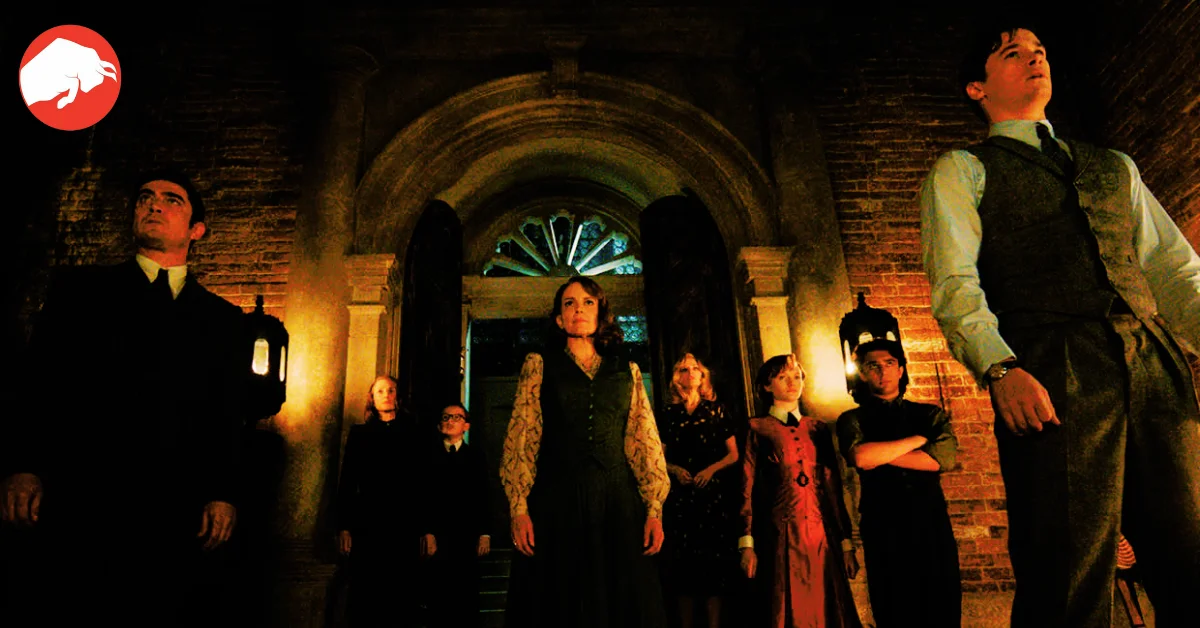In a world where sequels and franchises dominate the cinematic landscape, Kenneth Branagh once again dons the iconic mustache of Agatha Christie‘s detective, Hercule Poirot, in “A Haunting in Venice.” This marks his third venture into the series, drawing inspiration from Christie’s “Hallowe’en Party.” In this installment, Poirot finds himself lured out of the comforts of retirement. The enigmatic detective is challenged by a murder occurring amidst a séance, a setting that flirts with supernatural elements. Branagh’s portrayal adds depth to the tale, weaving an intricate narrative that keeps the audience guessing till the very end.
Sequel Teasers: Hollywood’s Latest Trend

With Hercule Poirot cracking another case, one cannot help but wonder if his journey truly ends with “A Haunting in Venice.” The Agatha Christie universe is vast, offering ample opportunity for Kenneth Branagh to delve deeper and adapt more of her mysteries. This potential, coupled with the franchise’s undeniable popularity, raises the question: could there be hints of a fourth film? Hollywood has embraced the trend of post-credits scenes, cleverly teasing future installments. This strategy keeps audiences engaged, yearning for the next chapter, and speculating about which Christie novel might be spotlighted next.
No After-Credits, No Promises

Despite such speculations and the franchise’s success, “A Haunting in Venice” breaks from this Hollywood tradition. The movie offers no mid or end-credit scenes. This decision aligns with its predecessors, “Murder on the Orient Express” and “Death on the Nile,” both of which steered clear of post-credits teasers. While enthusiasts might long for a glimpse into Poirot’s future, there’s an elegance in this restraint. Sitting through the credits not only honors the dedication of the film’s crew but also lets the movie’s narrative stand on its own merit.

A Wise Decision for A Haunting in Venice?
Kenneth Branagh‘s approach to the franchise exhibits a certain level of prudence. It avoids the pitfall of prematurely promising another sequel without the assurance of its realization. The box office performance of “A Haunting in Venice” will, in many ways, dictate Poirot’s cinematic future. A post-credits scene, had it been included, might have set the stage for a sequel that, if the movie underperformed, would leave fans in a state of unfulfilled anticipation. In eschewing this trend, “A Haunting in Venice” offers a holistic narrative, subtly keeping the door ajar for Poirot’s next enigma without binding itself to a definitive path.









